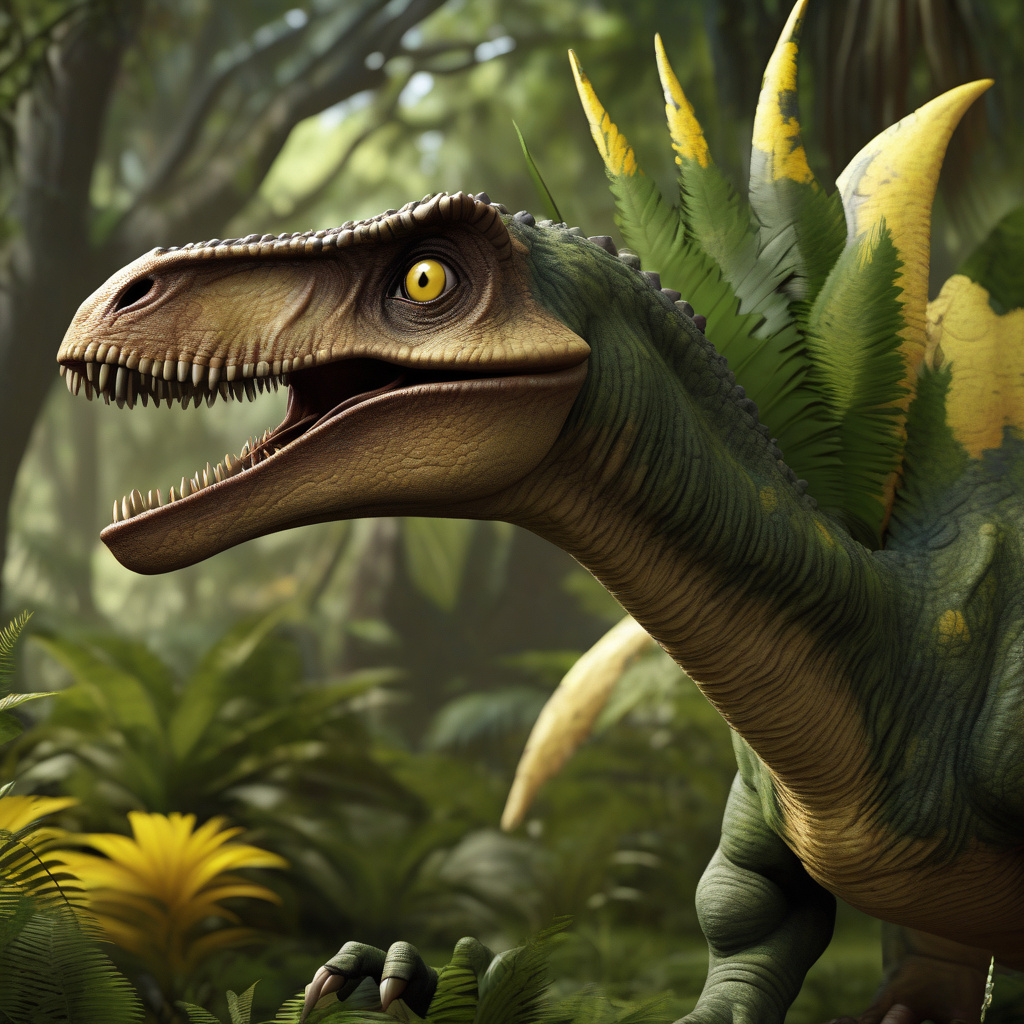28-inch Jurassic Tweety? Tiny dinosaur chirped like a bird 163 million years ago
Researchers discovered a 163-million-year-old dinosaur that might have chirped like a bird, pushing the origins of vocal communication further back in time. The findings shed light on the evolution of sound production in dinosaurs and birds, highlighting the fascinating connections between these ancient creatures.
The newly identified dinosaur, named Falcatakely forsterae, roamed the Earth during the Late Jurassic period in what is now Madagascar. Measuring about 28 inches in length, Falcatakely had a unique feature that set it apart from its relatives – a bony, hollow tubular structure on its skull similar to the vocal organs of modern birds. This structure, known as a syrinx, is responsible for the vocalizations of birds and is rarely preserved in the fossil record.
The discovery of Falcatakely challenges previous assumptions about the evolution of vocal communication in dinosaurs. While the ability to produce sounds through a syrinx was long thought to be exclusive to birds, the presence of a similar structure in Falcatakely suggests that this trait may have originated much earlier in their shared evolutionary history.
Dr. Patrick O’Connor, a professor of anatomy at Ohio University and co-author of the study describing Falcatakely, explains, “The syrinx is a real marker for the evolution of birds. It’s unique to birds, it’s only found in birds, it’s used in different ways by different groups of birds, and it’s one of the features that marks the living birds.”
By analyzing the intricate structures of Falcatakely’s syrinx, researchers were able to infer how this tiny dinosaur might have sounded. While it’s impossible to recreate the exact noises it produced, the presence of a syrinx suggests that Falcatakely was capable of more complex vocalizations than previously thought for non-avian dinosaurs.
The discovery of Falcatakely underscores the importance of studying the vocal capabilities of ancient animals and their implications for understanding the behavior and communication of extinct species. It opens up new avenues for exploring the soundscape of the Mesozoic era and the role of vocalizations in the lives of dinosaurs.
This groundbreaking research not only expands our knowledge of dinosaur physiology but also highlights the deep connections between dinosaurs and birds. The study of Falcatakely bridges the gap between these two groups of animals, offering valuable insights into the evolutionary history of vocal communication and sound production.
As scientists continue to uncover the secrets of the ancient world, discoveries like Falcatakely provide a glimpse into the rich diversity of prehistoric life and the remarkable adaptations that shaped the course of evolution. The chirps of this 28-inch Jurassic Tweety echo through time, reminding us of the enduring legacy of sound in the natural world.
#JurassicTweety, #DinosaurDiscovery, #AncientCommunication, #EvolutionaryHistory, #MadagascarFossils












